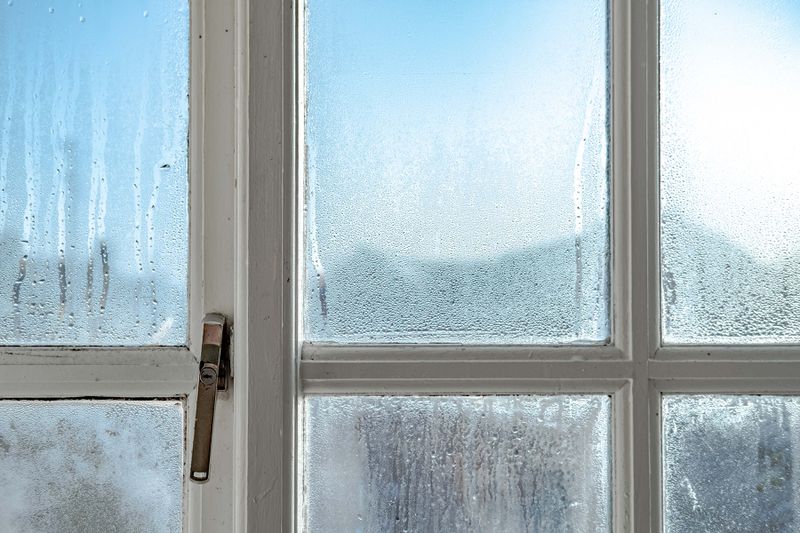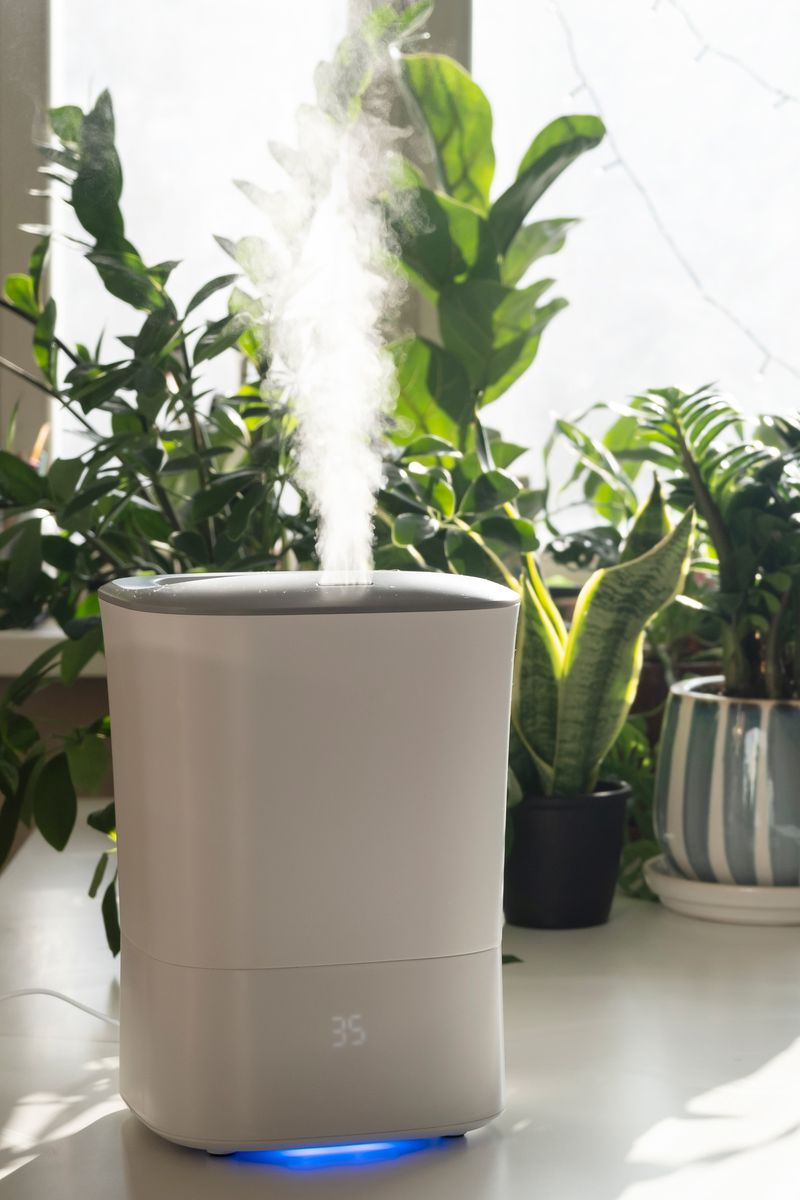How to Prevent Condensation on Windows

>

iStock
Window condensation is an ideal breeding ground for mold and mildew. Read this guide to prevent these potentially harmful species from entering your home.
Are fogged-up windows keeping you from enjoying the view from your home? There are several ways to stop window condensation from forming, and the first step is to identify the cause of the problem. Then you can easily prevent moisture from accumulating.
What Causes Condensation on Windows?
Condensation happens when there’s a significant difference in temperature between two sides of a glass surface. Think of a glass of ice-cold water on a summer day; the water’s temperature is considerably lower than the hot air, so the glass starts to “sweat.” The same thing can happen with your home’s windows.
Window condensation isn’t necessarily a big deal and often doesn’t require attention as it generally disappears on its own. But if you’re not able to easily wipe the moisture away, you might have a problem to address. Let’s examine the possible scenarios.
Where is the Condensation Coming From?
First off, determine whether the condensation is happening on the outside or inside your windows by trying to wipe the moisture away. If it’s on the outside, it isn’t a problem—the wetness is just the dew that naturally forms when the window is colder than the dew point.
If the condensation is forming on the inside, that’s an indication that the relative humidity level in your home is too high. Excessive indoor condensation is a potential issue because it could result in dangerous and destructive mold and mildew growth, and constantly exposing a wooden window frame to water can cause it to blister, crack, and warp. The moisture can also spread to the wall surrounding the window, leaving unsightly water stains and eventually causing the drywall to disintegrate.
If you can’t wipe away the moisture from the outside or the inside because it’s stuck between the panes of your window, that’s a problem. This means the seal between the panes has been broken, or the desiccant (an absorptive material) between the panes is oversaturated and needs to be replaced. This issue will not resolve itself, and to get rid of the condensation, you’ll need to either reseal the window or replace the panes. If the panes are too old to be replaced, you’ll have to replace the entire window.
How to Prevent Outdoor Condensation
Since outdoor condensation is a natural occurrence, there’s no real need to address it. The sun should evaporate the moisture as the day goes on. If you’re eager to see outside first thing in the morning, however, you can apply a windshield water repellent like Rain X to prevent condensation from forming on the exterior of your windows. Water repellent works by encouraging droplets to gather and run off the surface.
How to Prevent Indoor Condensation

iStockIf your window is sweating from the inside, this indicates that the humidity level in your home—or a particular room—is too high. The ideal relative humidity level is around 30 percent in the winter and 50 percent in the summer and should not exceed 60 percent. You can measure the relative humidity in your home with a hygrometer or by checking the humidity meter built into most smart thermostats.
To remedy the issue of indoor condensation, here are some things to try:
Lower the humidifier

iStockIf you’re running a humidifier, try turning it down as many people do in the winter. As mentioned, the relative humidity in your home shouldn’t exceed 60 percent, at which level the humidity can damage your walls and encourage mold growth.
Circulate the air
Turning on a ceiling fan or running a room fan is an easy way to remove excess humidity.
Open the curtains
If your curtains or drapes are shut, they could be trapping the heat by the window. Open them to release the warmer air.
Use an exhaust fan
Rooms like the kitchen and bathroom are prone to excessive moisture, and a boiling pot or hot shower will fog the windows up quickly. Run the exhaust fan to help control the humidity level in these high-moisture rooms.
Remove plants and firewood
Plants and firewood release moisture, so keeping them indoors may be the source of your problem. Try removing these items or moving them away from the window to see if that mitigates the condensation.
Use a moisture eliminator or dehumidifier
To directly dehumidify an area, you can purchase a moisture eliminator like Damp Rid, a product consisting of crystals that attract and absorb moisture, or a dehumidifier.
Taking these steps can go a long way in preventing condensation from forming on your windows—and you’ll be able to enjoy clear views of the outside again!
Did you miss our previous article…
https://www.tampa-bay-homes-guide.com/?p=1534
